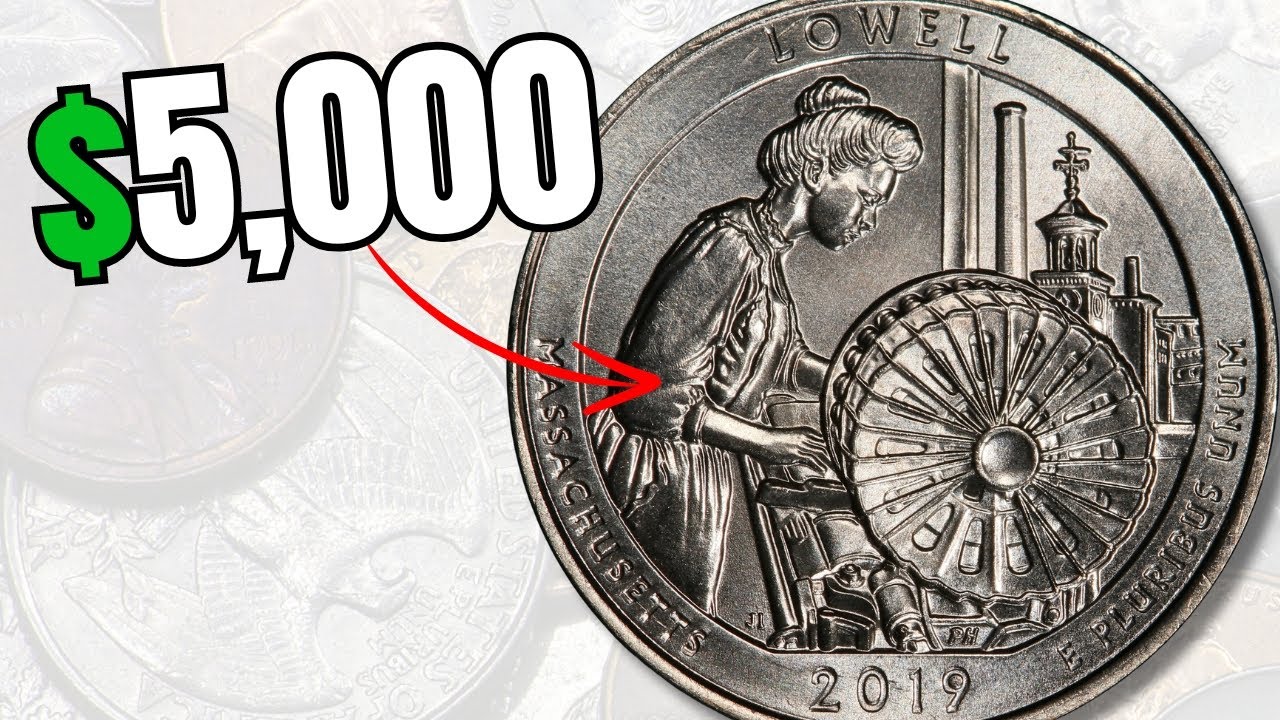Understanding quarters in dollars: how to calculate and use them effectively

Quarters in dollars are a fundamental unit of American currency, representing a quarter of a dollar or 25 cents. Grasping their value and mastering their calculation is crucial for consumers and businesses alike. This article delves into **understanding quarters in dollars**, how to calculate them effectively, and practical applications in everyday transactions.
Understanding Quarters in Dollars
Before jumping into calculations, it’s essential to understand what quarters are and their significance in the realm of money management.
What is a Quarter?
A quarter is a coin that equals 25 cents or 0.25 dollars. It is part of the United States’ coinage and is used widely in trading, purchasing, and many other financial transactions. Knowledge of how quarters function is integral for anyone wishing to improve their financial literacy.
The Importance of Quarters
Quarters can be particularly significant in various situations, such as:
- Making Change: In transactions, quarters are extensively used to make change or when counting small denominations.
- Savings: Understanding how to accumulate and utilize quarters can lead to effective savings strategies, turning pocket change into a more significant sum over time.
- Budgeting: Knowing how many quarters equate to specific dollar amounts aids in budgeting for activities such as grocery shopping or entertainment.
Calculating Quarters in Dollars
When it comes to understanding quarters in dollars, the calculation is straightforward. Here’s how to calculate quarters effectively:
Basic Calculation of Quarters
The formula to calculate the number of quarters in any amount is simple:
Number of Quarters = Amount in Dollars / 0.25For instance, to find out how many quarters are in **$5**, you would perform the following calculation:
Number of Quarters = 5 / 0.25 = 20 QuartersThis means that there are 20 quarters in 5 dollars.
Practical Examples of Calculation
Here are several examples to illustrate how to calculate the number of quarters in various amounts:
- For **$10**:
10 / 0.25 = 40 Quarters - For **$1.75**:
1.75 / 0.25 = 7 Quarters - For **$2.50**:
2.50 / 0.25 = 10 Quarters
Knowing how to convert dollars into quarters is a skill that can ease financial transactions in day-to-day life.
Using Quarters Effectively
Once you’re familiar with calculating quarters, the next logical step is to explore how to use them effectively in various contexts.
Everyday Applications of Quarters
Here are some common scenarios where understanding the value of quarters becomes indispensable:
- Coin-Operated Machines: Many laundry machines, arcade games, and parking meters require quarters as payment, making it vital to know how many you might need for your activities.
- Small Purchases: It is often possible to make smaller purchases using just quarters, allowing for the usage of pocket change without the need for bills.
- Savings Goals: Setting a goal of saving quarters can lead to significant savings over time. For example, saving one quarter daily results in $91.25 at the end of one year.
Creative Ways to Use Quarters
Aside from typical transactions, there are many **creative applications** for quarters:
- Investment Opportunities: Saving your quarters regularly can provide you with enough money to invest in small-scale ventures.
- Charity Donations: Many organizations appreciate spare change; collecting quarters can result in substantial charitable contributions over time.
- Games and Fundraisers: Using quarters for games or community fundraisers can enhance participation while utilizing small coins effectively.
The Broader Impact of Quarters in Personal Finance
Understanding quarters in dollars impacts more than just quick calculations; it can play a pivotal role in achieving long-term financial goals.
Building Financial Discipline
Accumulating and using quarters can help individuals develop effective financial habits. By earmarking a portion of their budget for coins, individuals can:
- Practice Budgeting: Ensuring that you allocate specific funds for quarters encourages better spending practices and financial awareness.
- Engage in Financial Planning: Knowing how many quarters are accumulated helps in planning larger purchases or savings goals.
The Psychological Benefits of Using Quarters
Using quarters can also have psychological advantages. For many, the physical act of counting and using coins fosters a sense of ownership and responsibility. The tactile experience of handling quarters can enhance:
- Mindfulness: Being aware of precisely how much you’re spending or saving leads to more conscious financial decisions.
- Savings Motivation: Knowing even a small amount, such as quarters, adds up influences positive financial behaviors.
Incorporating quarters into your daily financial strategies can have profound implications for overall financial health. Grasping their value extends beyond mere calculations; it marries understanding with practical use. As you navigate your financial landscape, managing quarters can lead to effective budgeting, creative spending, and enhanced discipline in personal finance.






